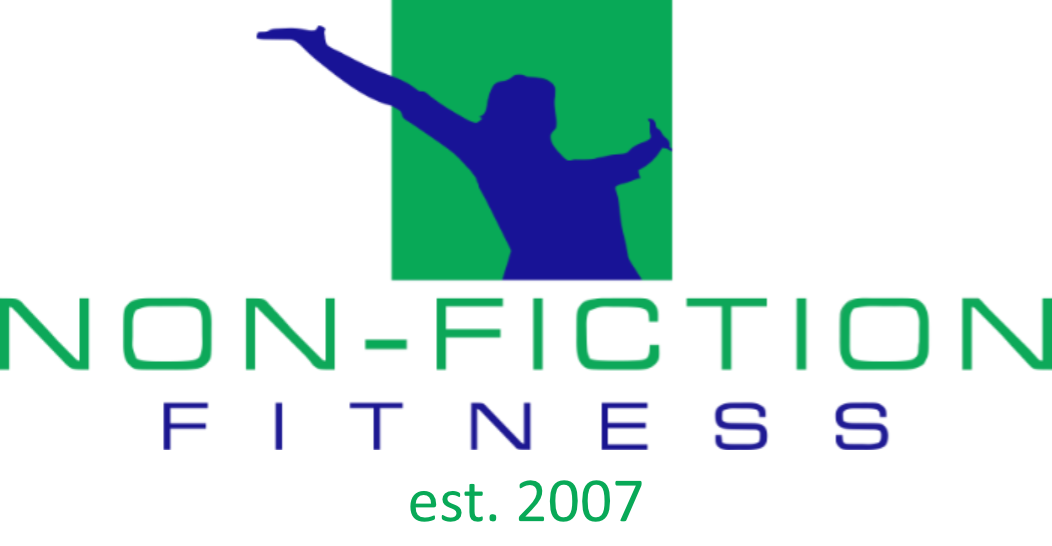Wednesday night I saw something that truly inspired me. Sarasota’s hometown tightrope walker Nik Wallenda made history by becoming the first person ever to walk over an active volcano on a high wire. It was a pretty amazing sight to behold.
In addition to the normal challenges of being on a tightrope, Nik also had to contend with waves of very hot air, toxic gases and enormous gusts of wind. Afterwards, he said that at times it felt like the wind was going to knock him right over and he even had to stop at one point just to fight it.
Of course, he also had to deal with the thoughts that came to his mind when he looked down at a massive pool of 2000 degree lava. All that considered, I’m sure you can agree that what Nik did is amazing on many levels.
(Watch highlights of Nik’s walk, including interviews with him talking about his families’ Circus history, and some of their triumphs and tragedies by clicking here- Nik Wallenda ABC News Segment)
Being that I’m in the type of work that I’m in, in addition to everything else, I get pretty awestruck by the physiology of his accomplishment. Let me explain.
When we walk, the goal is to move our body through space while maintaining our center of mass (the bulk of our bodies weight) over our base of support (the space between our two feet). If for instance, our body moves significantly in front of or outside of where our feet are positioned, what happens? We lose our balance and fall.
In Nik’s case, because he had his feet in front of each other, and balanced on a rope the size of a garden hose, he had about a 2-3 inch amount of space that he had to keep his body mass in the entire time. If he didn’t, he would have lost his balance.
To understand that better, think of the difficulty of walking heel to toe versus walking normal. Or think of the challenge of standing on one foot versus two feet. Nik was dealing with those challenges, on a tightrope, with wind blowing so fiercely on him that it would have knocked him off if he couldn’t adjust.
And do you know what it was that kept him balanced? It was his muscles.
His muscles had to react to every little change in position and pull on each part of Nik’s body to keep his center of mass over his feet so he would not lose his balance. They did a phenomenal job of it too.
I can especially appreciate this because I do tests with clients during our sessions to see if their muscles can react to challenges the way they are supposed to. If they can’t, it not only affects balance, but also movement, sports performance, injury resistance and your ability to heal and recover from orthopedic ailments.
That brings me to the next thing I saw on TV recently- an interview with my friend and mentor Greg Roskopf, the founder of Muscle Activation Techniques (MAT), a technique that I’ve been certified in and have used with clients for the past 13 years.
MAT is an innovative process designed to identify and correct problems within muscles that cause them to not do their job effectively. This is something that is not only important for pro athletes and high wire walkers, but for all of us who want to be strong and move freely without hurting.
Check out these interview’s Greg did with Tiger Woods’ former swing coach Chris Como of the Golf Channel and PGA tour pro and MAT client Bryson DeChambeau. Even if you don’t play golf, I think you will find it interesting because they describe the MAT process in detail and explain how it can help anyone move and feel better.
Click here- Interview Clip 1- Greg’s Background Story and Bryson’s Experience With MAT
Click here- Interview Clip 2- Greg Does MAT With Host Chris Como and Demonstrates Its Effectiveness
Hope you enjoy these! Have a great rest of your weekend!
Chris
P.S. Be sure to contact me if you have any trouble with these links
